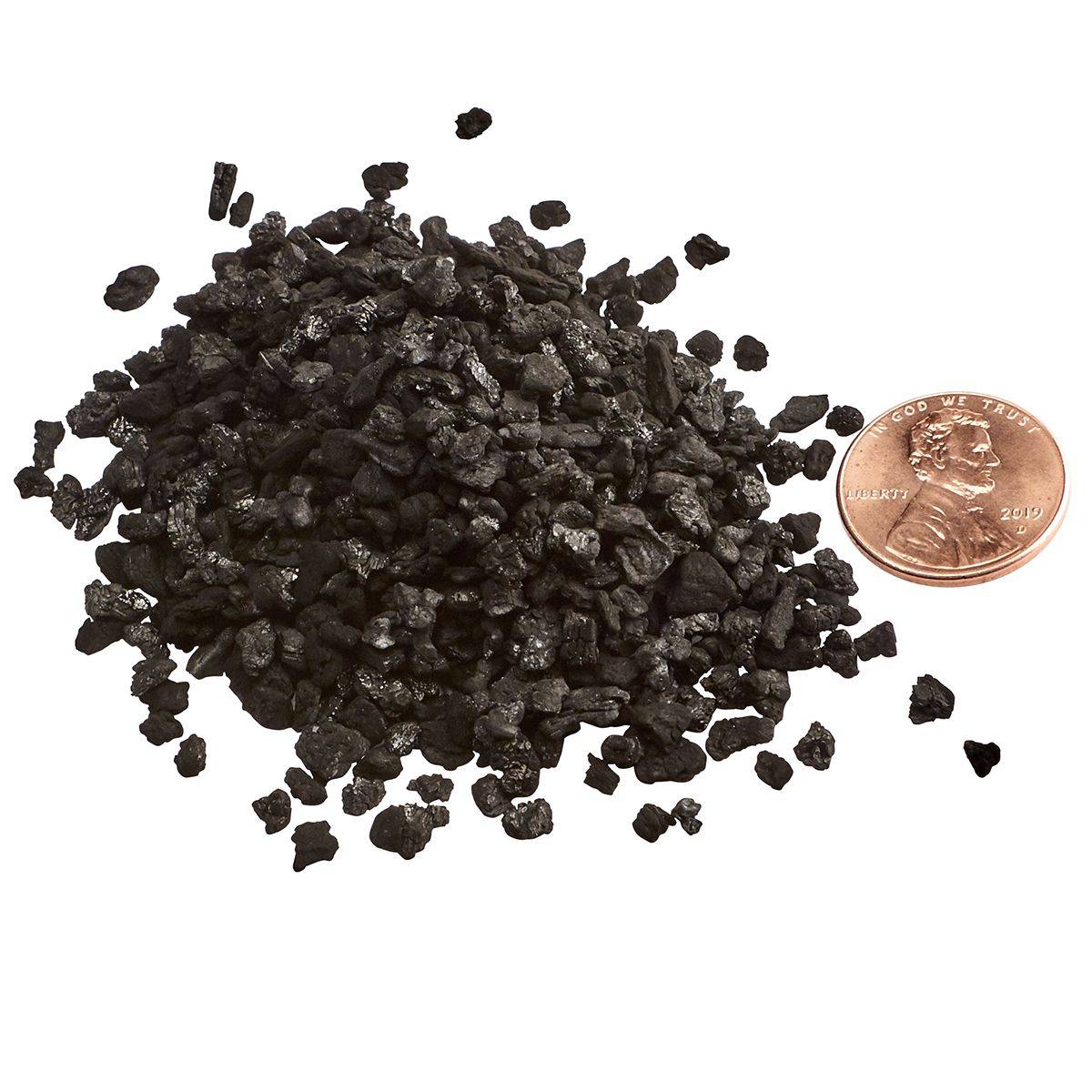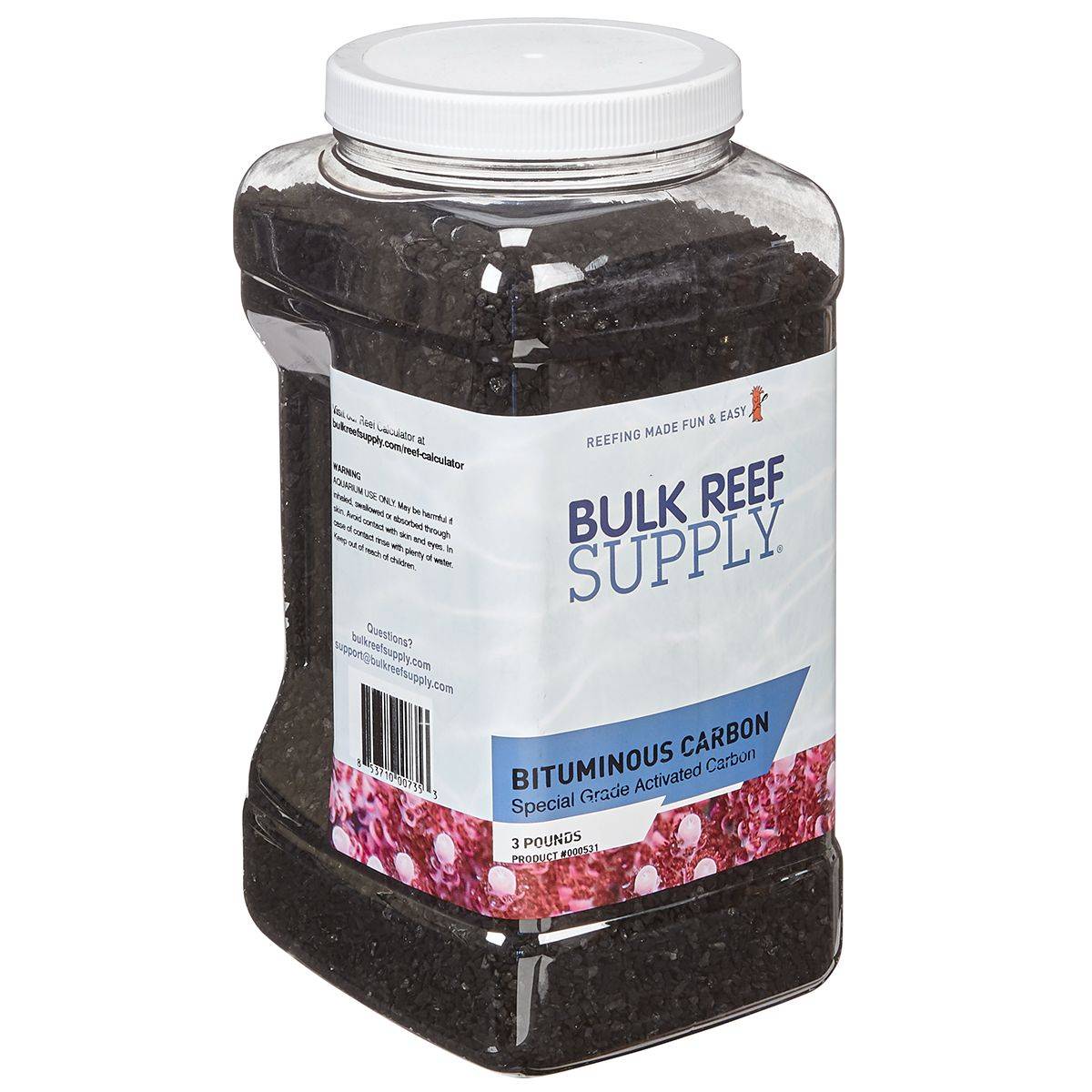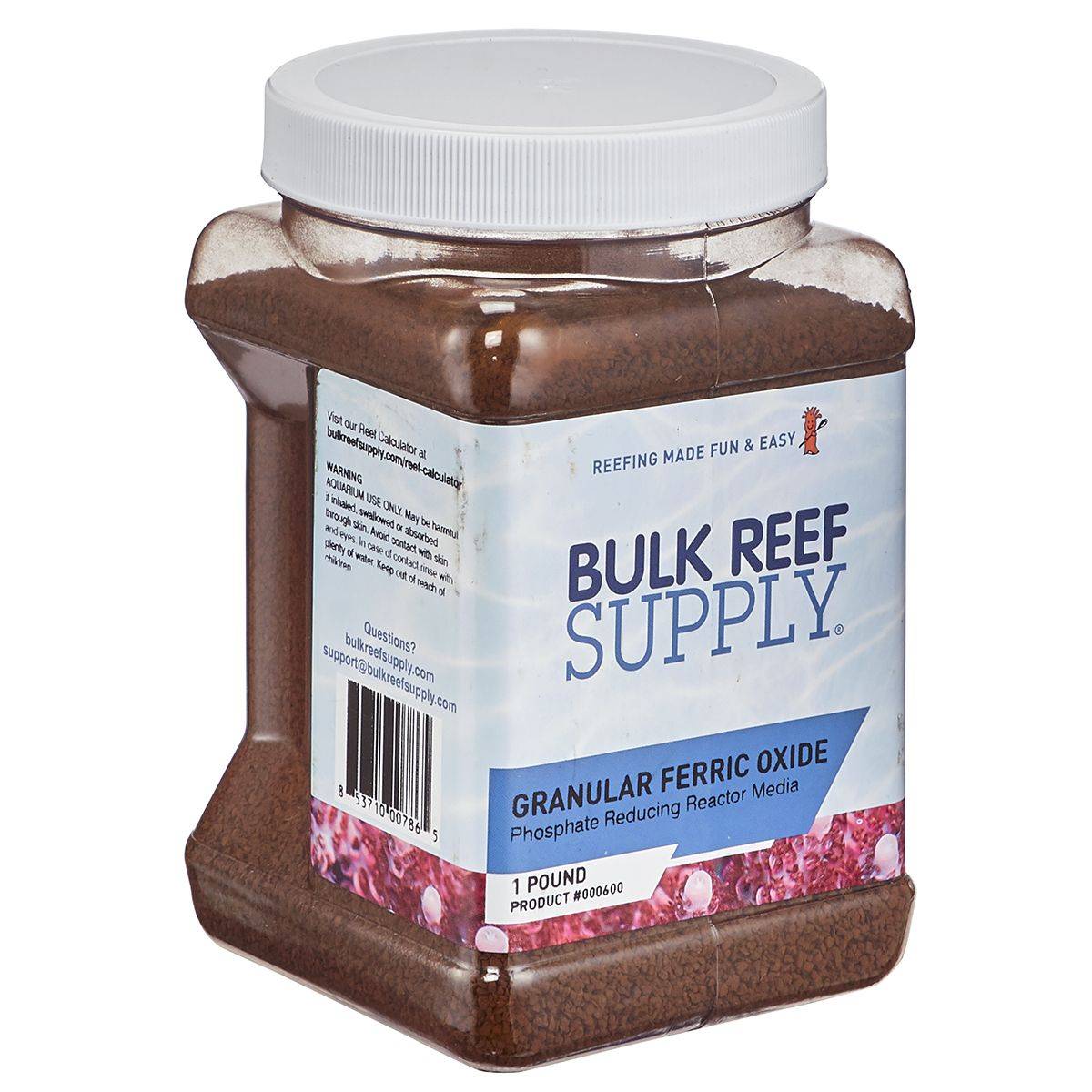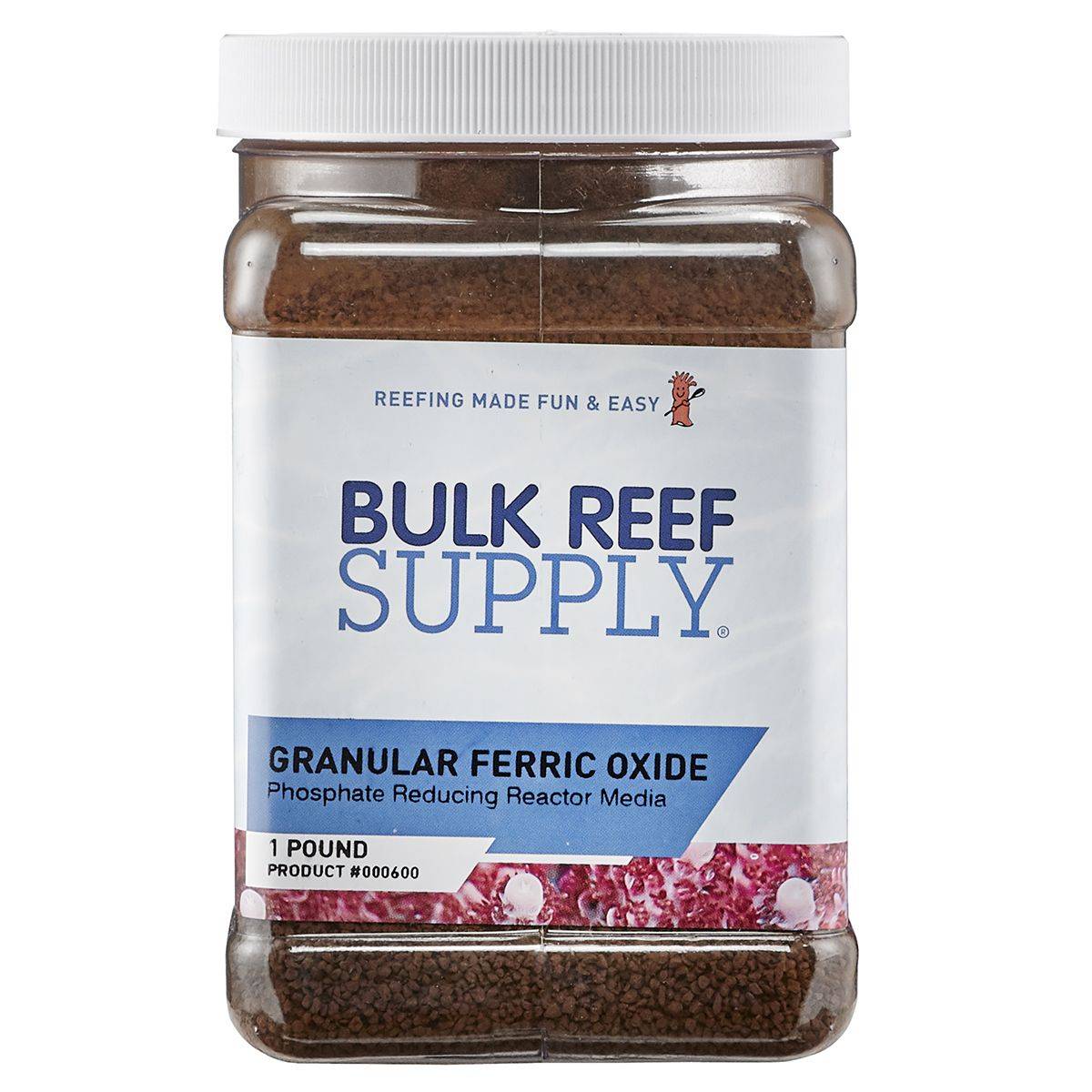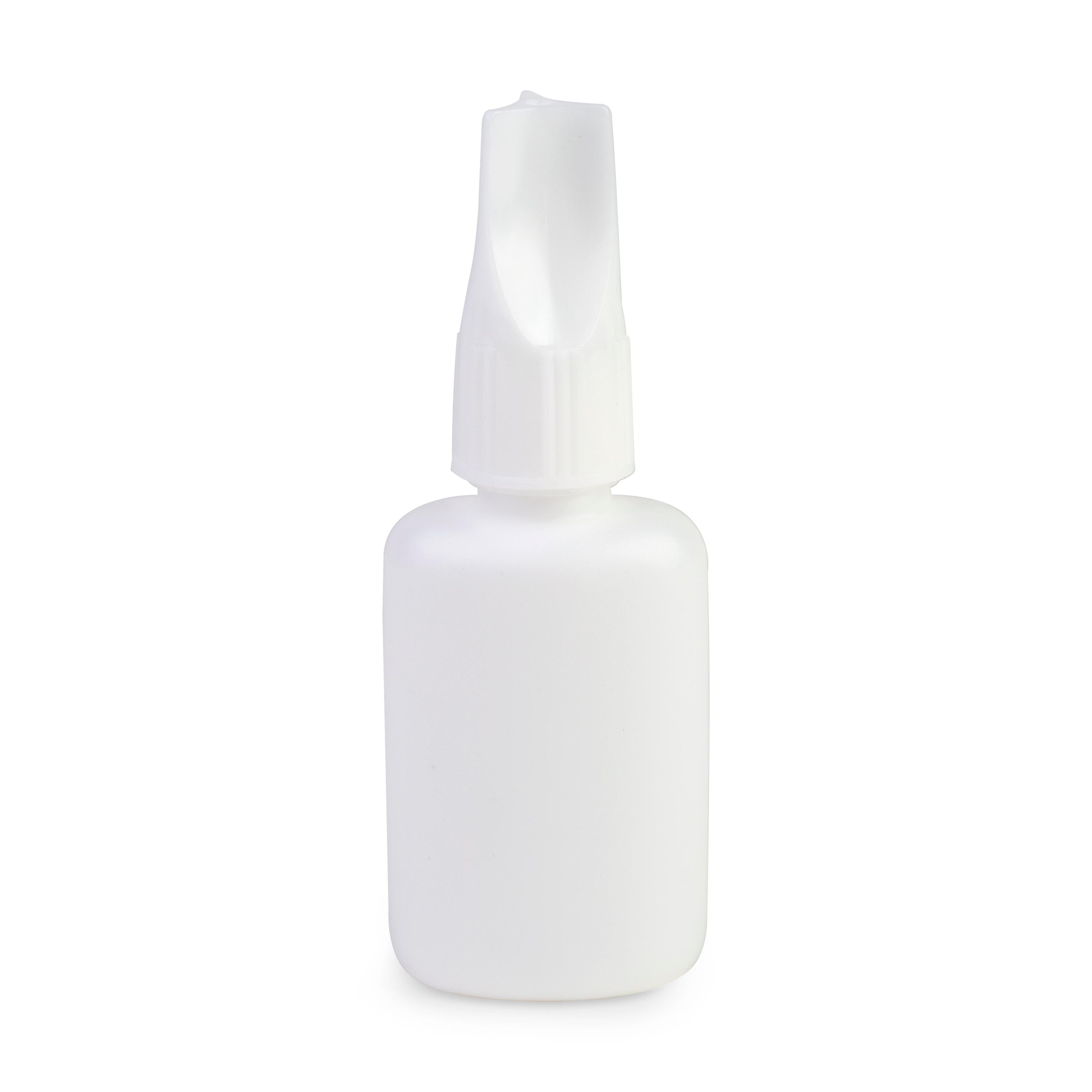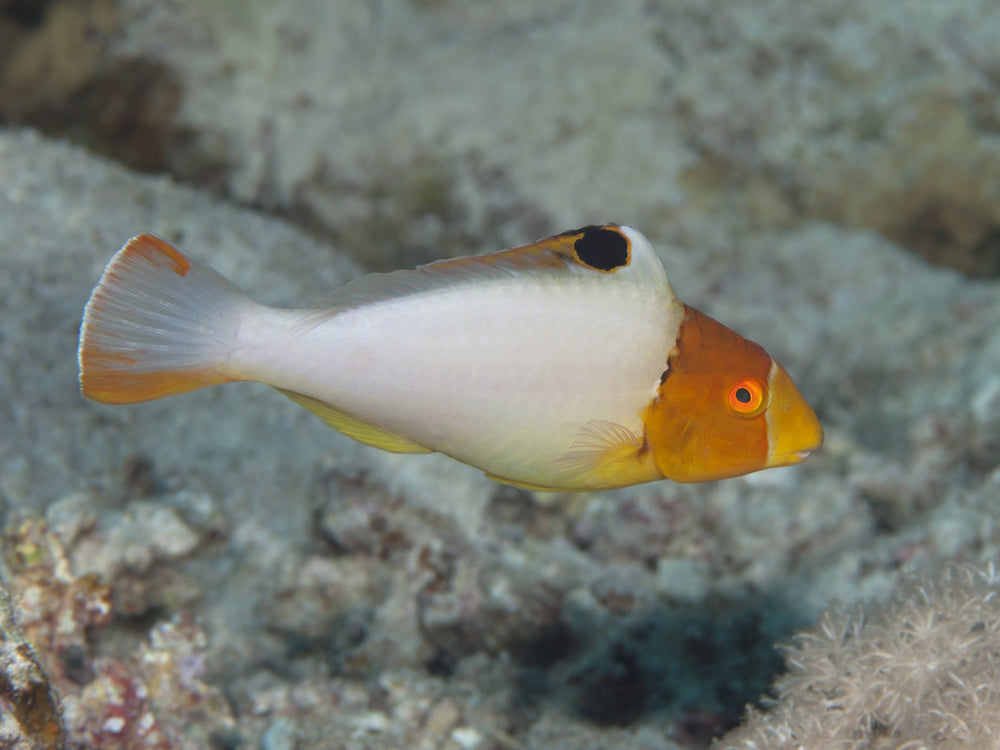
Bicolor Parrotfish
Max Size: 2 feet 11 inches
Diet: Omnivore
Temperament: Peaceful
Reef Compatible: No
Minimum Tank Size: 250 gallons
In the context of the marine aquarium industry, parrotfishes are generally not considered ideal choices for aquarium enthusiasts. As noted by Bob Fenner, the author of "The Conscientious Marine Aquarist," parrotfishes possess several appealing qualities such as vibrant colors, comical body shapes resembling torpedoes, and ease of capture, especially at night when they rest inside mucus cocoons. However, a significant drawback is that parrotfishes rarely thrive in captivity.
The primary reasons behind their poor survival rate in aquariums stem from their dietary requirements, adult size, and susceptibility to stress-induced diseases.
In home aquariums, only a few parrotfish species can be cautiously recommended: the queen parrotfish (Scarus vetula), the spotlight parrotfish (Sparisoma viride), and the bicolor parrotfish (Cetoscarus bicolor). Even for these species, it is advisable to reserve them for public aquaria, experienced scientists, or expert aquarists who can provide a mature system of at least 150 gallons and are willing to meet their specific dietary needs.
For those who admire the appearance of parrotfishes, Mark Martin, the director of marine ornamental research at Blue Zoo Aquatics, suggests exploring their relatives—the wrasses. Many wrasse species are well-suited for aquariums and are more likely to thrive in captivity.
Diet: Parrotfishes predominantly feed on algae. In their natural habitat, their specialized teeth are adapted for scraping algae from dead coral skeletons, and occasionally, even from living coral heads. They achieve this by taking substantial portions of the calcareous skeleton and processing any algae present on it inside their digestive system. The calcareous material is then expelled as waste, contributing to the formation of new sand.
In typical reef aquariums, aquarists do not usually maintain dead coral skeletons, which parrotfishes prefer for grazing. Consequently, parrotfishes may turn to living coral, unable to differentiate it from the dead, algae-covered coral skeletons they typically consume. When parrotfishes consume living coral, they are not actually eating the coral itself but utilizing the zooxanthellae found in the coral tissue as a source of food energy.
Due to this feeding behavior, most reef aquarists who house expensive and rare corals avoid keeping parrotfishes in their tanks. In a fish-only system, it remains challenging to meet the dietary requirements of parrotfishes, making them less suitable for such setups.


